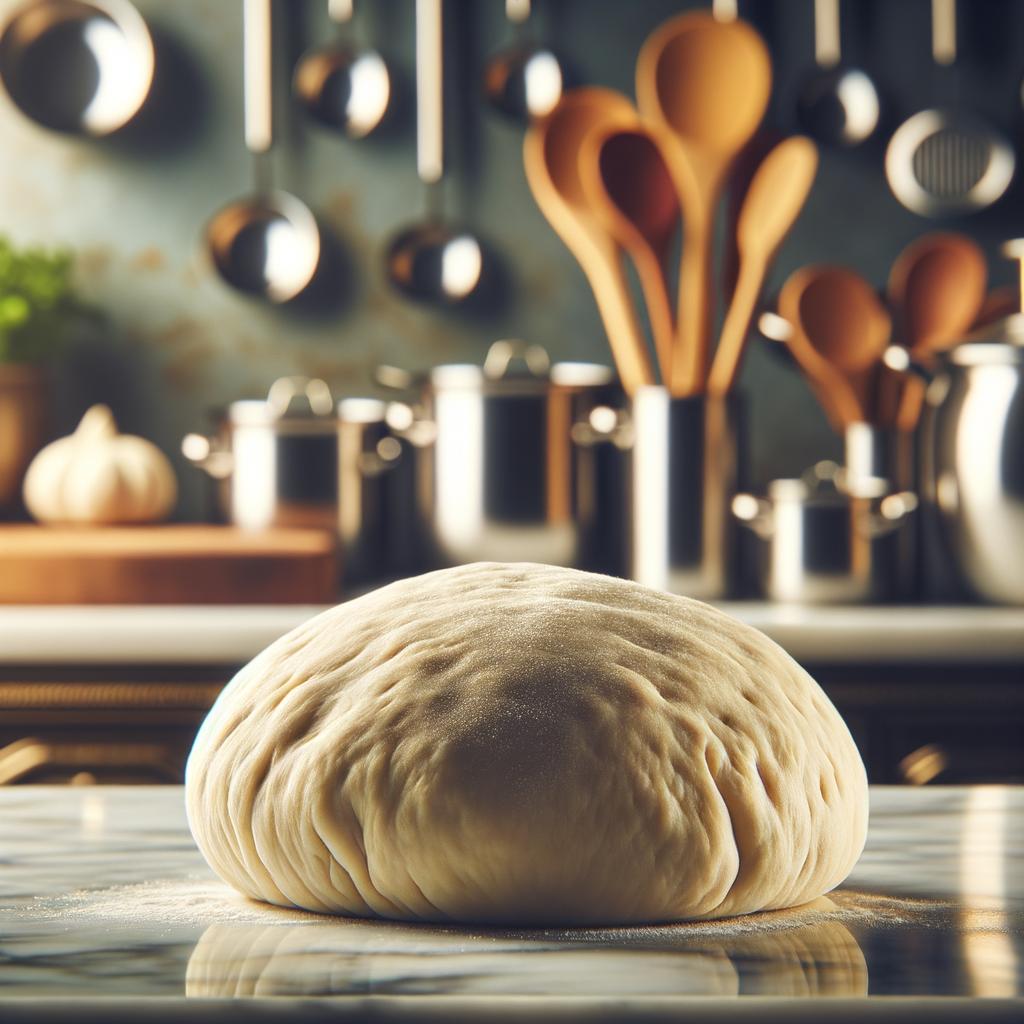Pizza Dough

Description
Pizza dough, the humble yet essential ingredient that forms the base of our beloved pizza, is a testament to the beauty of simplicity. It is a malleable, soft, and elastic substance, made primarily from flour, water, yeast, and salt. Its appearance is unassuming - a pale, smooth, and stretchy mass that holds the promise of a delicious meal. The dough itself is subtly flavored, with a slight tang from the yeast and a hint of saltiness. What sets pizza dough apart from other types of bread dough is its elasticity, allowing it to be stretched thin without tearing, a characteristic that is essential for creating the perfect pizza crust.
Primary Uses
In the culinary world, pizza dough is primarily used to create the iconic pizza crust, beloved in cuisines worldwide. It serves as the canvas for a myriad of toppings, from the traditional margherita to the experimental gourmet creations. It can be rolled thin for a crispy, delicate crust or left thick for a hearty, chewy base. Beyond pizza, the dough can also be used to make breadsticks, calzones, and stromboli. In terms of non-culinary uses, making pizza dough has been used as a therapeutic activity, helping to reduce stress and promote mindfulness.
History
The history of pizza dough is intertwined with the history of pizza itself. Pizza, as we know it, originated in Naples, Italy, in the late 18th and early 19th centuries. The dough was made using the simplest of ingredients, a testament to the resourcefulness of the Neapolitans. It was traditionally hand-kneaded and left to rise before being stretched into a thin base and baked in a wood-fired oven. Over time, the popularity of pizza spread, and with it, the use of pizza dough. Today, pizza dough is not just confined to Italy but has become a global phenomenon, with countless variations to suit different tastes.
Nutritional Information
Pizza dough is a source of carbohydrates, providing the energy needed for daily activities. It also contains small amounts of protein and fiber, particularly if made with whole grain flour. While it is low in fat and cholesterol, the nutritional value can vary depending on the type of flour used. Whole grain pizza dough, for example, has a higher fiber content and provides more nutrients than white flour dough. However, like all foods, it should be consumed in moderation as part of a balanced diet. The beauty of pizza dough lies not just in its versatility in the culinary world, but also in its potential to be a part of a nutritious meal, depending on what it's paired with.

